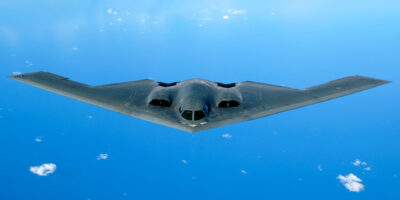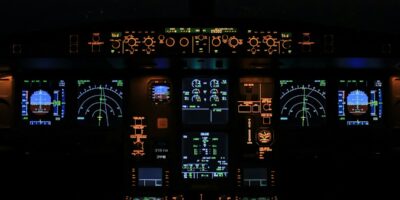Boeing F-15EX Eagle II
Boeing F-15EX Eagle II
The Boeing F-15EX Eagle II is an advanced version of the original F-15 Eagle. It brings improved capabilities to meet modern combat demands. The US Air Force (USAF) introduced this aircraft as part of its Advanced Fighter Program.
Background
The F-15 Eagle first flew in 1972. Over the years, it has achieved an impressive combat record. As threats evolved, the need for an enhanced model grew clear. The F-15EX Eagle II addresses these evolving needs.
Design and Structure
The F-15EX looks similar to earlier models but features many internal improvements. It has a stronger airframe that extends its service life. This means fewer maintenance issues and longer operational capacity. The cockpit is equipped with advanced avionics, improving pilot awareness and reducing workload.
Advanced Avionics
- Digital fly-by-wire flight controls.
- Advanced radar systems, such as the APG-82(V)1 Active Electronically Scanned Array (AESA) radar.
- A large area display for improved situational awareness.
- Enhanced cockpit controls for ease of use.
Weapons Systems
The F-15EX can carry more weapons than its predecessors. It includes new weapons stations for a total of twelve air-to-air missiles. Its weapon integration is universal, meaning it can adapt to newer types of armament without major overhauls.
- AIM-120 AMRAAM
- AIM-9X Sidewinder
- JDAM (Joint Direct Attack Munition)
- Small Diameter Bombs (SDB)
Performance and Capabilities
The aircraft’s two F110-GE-129 jet engines provide outstanding speed. It can reach speeds up to Mach 2.5. Its combat range extends over 1,200 miles without refueling. This allows it to engage targets at greater distances.
Its payload capacity exceeds 29,000 pounds. This is significantly higher than most fighter jets. The F-15EX also incorporates the Eagle Passive Active Warning Survivability System (EPAWSS). This ensures better defense against electronic warfare and enemy radars.
Modernization and Efficiency
One key advantage of the F-15EX is its open mission systems architecture. This allows for easier and more affordable upgrades. Integrating new technologies or systems becomes streamlined and cost-effective.
The USAF plans to replace the older F-15C/D models with the F-15EX. This transition is expected to save money over longer periods. The maintenance costs are lower because the F-15EX shares many parts with earlier models. This ensures compatibility and reduces logistic challenges.
Operational Advantages
The F-15EX’s advanced design ensures air superiority. Pilots benefit from improved engagement capabilities. They receive real-time data from sensors and communication systems. This fosters better decision-making during missions.
It integrates seamlessly with other assets in joint operations. Its advanced radar and targeting systems assist in multi-domain operations. This makes it a versatile asset in modern warfare.
Future Prospects
The F-15EX is expected to serve well into the 2040s. Its design is conducive to future upgrades. This aligns with the USAF’s strategy for adaptable and long-term defense assets. Its performance and adaptability make it a valuable addition to the fleet.
Conclusion
The Boeing F-15EX Eagle II is a remarkable evolution of a proven fighter jet. With cutting-edge technology and unmatched performance, it is poised to dominate skies and meet 21st-century combat needs. This aircraft represents a blend of legacy and innovation, ensuring it remains relevant for years to come.




Subscribe for Updates
Get the latest articles delivered to your inbox.
We respect your privacy. Unsubscribe anytime.